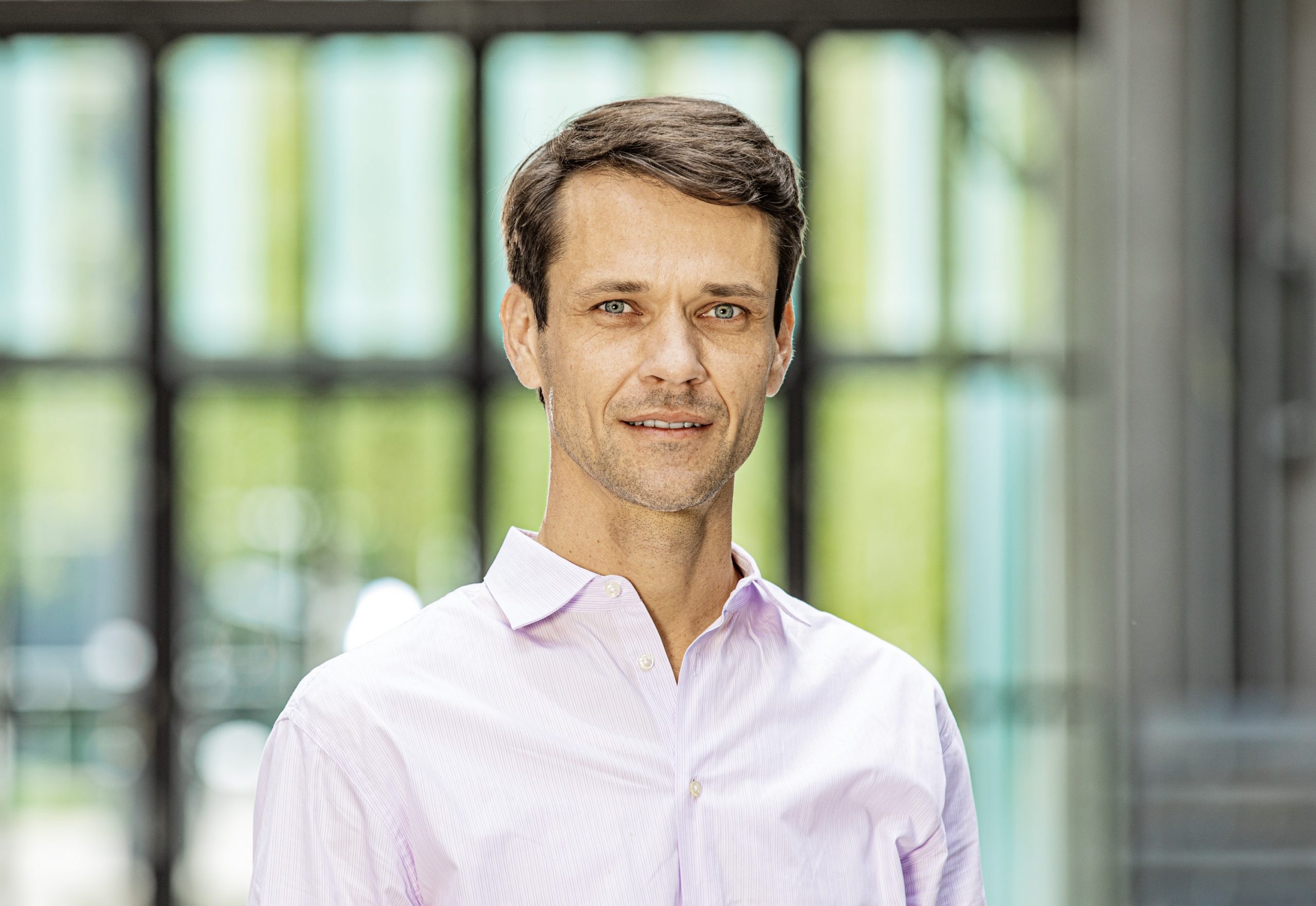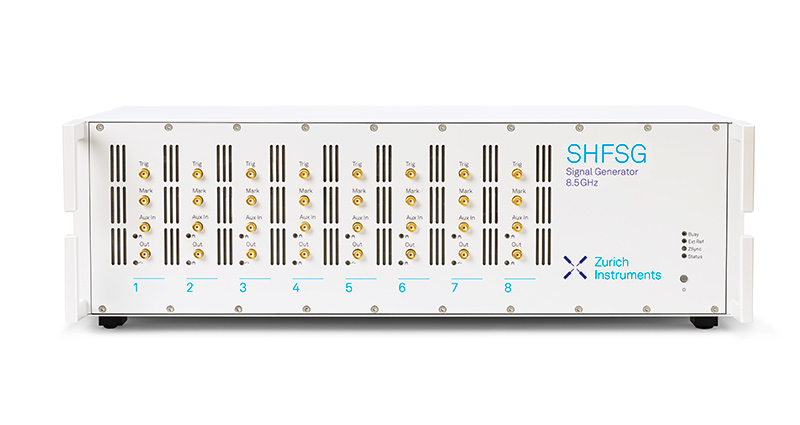Zurich Instruments introducing

As industries and organizations increase demand for exploring and exploiting quantum science and technology, the researchers who are using this highly complex equipment need new ways to make quantum devices more effective, more efficient and more practical.
For the team at Zurich Instruments, meeting that demand is at the heart of its mission. Zurich Instruments, a leader in test and measurement systems, are currently implementing their products in a variety of industries and institutions, including global leaders in scientific and industrial research and development. These organizations are using Zurich Instruments’ systems to meet their demanding, complex applications.
The company, which is based in Zurich, Switzerland, and has international subsidiaries operating in Shanghai and Boston, recently announced a new generation of signal generators that directly address the need for control in quantum devices. The SHFSG Signal Generator is designed to control superconducting and spin qubits and reach higher fidelities with less overhead time. According to the team, the SHFSG sets new standards in spectral purity and stability and ensures that the highest possible gate fidelity is achieved and maintained during operation. Critically, they stress that the SHFSG provides a scalable solution for controlling quantum processors.
Sadik Hafizovic, CEO of Zurich Instruments, said that as quantum computers require new methods to tap their incredible power, it is necessary to develop tools that help researchers better manage their quantum devices.

“The control of quantum computers becomes harder and harder to handle with the traditional approach, where microwave signal generation is managed separately from baseband signal generation and its synchronization,” said Hafizovic. “As part of the Quantum Computing Control System, the new SHFSG tightly integrates these functions: it generates high-quality signals directly in the GHz range and automatically synchronizes signal generation.”

Hafizovic added that the SHFSG gives researchers a chance to focus their attention on other quantum engineering challenges such as scale-up.
According to Hafizovic, the SHFSG Signal Generator offers key benefits, particularly in the area of error correction, that are unique in the market.
“One prime example is the possibility to do system-wide real-time feedback,” said Hafizovic. “Quantum error correction requires the possibility to process readout results from multiple qubits centrally, and apply correction pulses to different qubits with low latency. Previously, to realize anything even approaching these possibilities, users had to do their own FPGA programming.”
According to Zurich Instruments, their customers will now be able to work with an instrument generating control signals that can be sent directly to the cryostat, without home-built mixer setups, separate amplifiers or additional signal sources.
“That saves time for mixer calibration, it simplifies setup wiring and prevents errors, and it simplifies the software control because there are fewer instruments in the setup,” Hafizovic added.

SHFSG Highlights
There are several key highlights to the SHFSG.
First, the signal generation uses double superheterodyne frequency conversion.
“This is the technology used in VNAs, among the highest-performance instruments in this frequency domain,” explained Hafizovic. “It offers higher spectral purity, linearity and stability over time than the previously used IQ mixing, and can therefore give access to higher quantum gate fidelities.”
He noted that this innovation is comparable to replacing analog mixing with digital mixing, which is what Zurich Instruments previously introduced with their lock-in amplifiers in the high- and ultra-high-frequency range.
A second major innovation is the system’s pulse-level sequencing, which offers the real-time sequencing capabilities that allow users to generate complex pulse patterns with very little waveform memory, and adapt the signal dynamically to realize quantum error correction.
More Questions?
The Zurich Instruments team will hold a launch event to answer important questions from the customers, such as: Is the focus on single-qubit setups or on pushing for large qubit numbers? Which feedback methods can be applied?
The strength of the SHFSG Signal Generator is that it adds value for both smaller and larger quantum computing setups. Those attending the company’s virtual launch event on April 29th will have the opportunity to learn more about the SHFSG and start the conversation with the Zurich Instruments team. The company also looks forward to application requirement challenges.
The organizers added that the launch event will involve product demonstrations, as well as a practical and technical overview followed by a ‘questions and answers’ session.
The speakers at the event include Jan Benhelm, chief marketing officer; Mark Kasperczyk and Bruno Küng, both application scientists at Zurich Instruments. The event will be held on April 29th at 17:00 – 18:00 CET (11:00 – 12:00 EST) on Zoom.
Registration link and further details can be found here.
About Zurich Instruments
Zurich Instruments makes cutting-edge instrumentation for scientists and technologists in advanced laboratories who are passionate about phenomena that are often notoriously difficult to measure. The company’s core offering includes lock-in amplifiers, impedance analyzers, arbitrary waveform generators, and the first commercially available quantum computing control system. Zurich Instruments brings innovation to scientific instrumentation and quantum control systems in the medium-frequency (MF), ultra-high-frequency (UHF) and now also super-high-frequency (SHF) ranges by combining frequency- and time-domain tools within each of its products. This approach reduces the complexity of laboratory setups and unlocks new measurement strategies.
If you found this article to be informative, you can explore more current quantum news here, exclusives, interviews, and podcasts.


















